The last three days here have varied quite spectacularly in their weather. From torrential rain overnight on Saturday we have moved rapidly across to clear blue skies and short threatening heat, just in time for the working week of course. Somewhere in the middle came a humid, grey, shower interrupted Sunday which, though planned as a nice summer wander to check out some local butterflies and dragonflies, was best summed up by the dejected look of these White Park Cattle at Dinefwr. Even the arrival of the herd’s long awaited replacement bull didn’t seem able to lift their spirits.
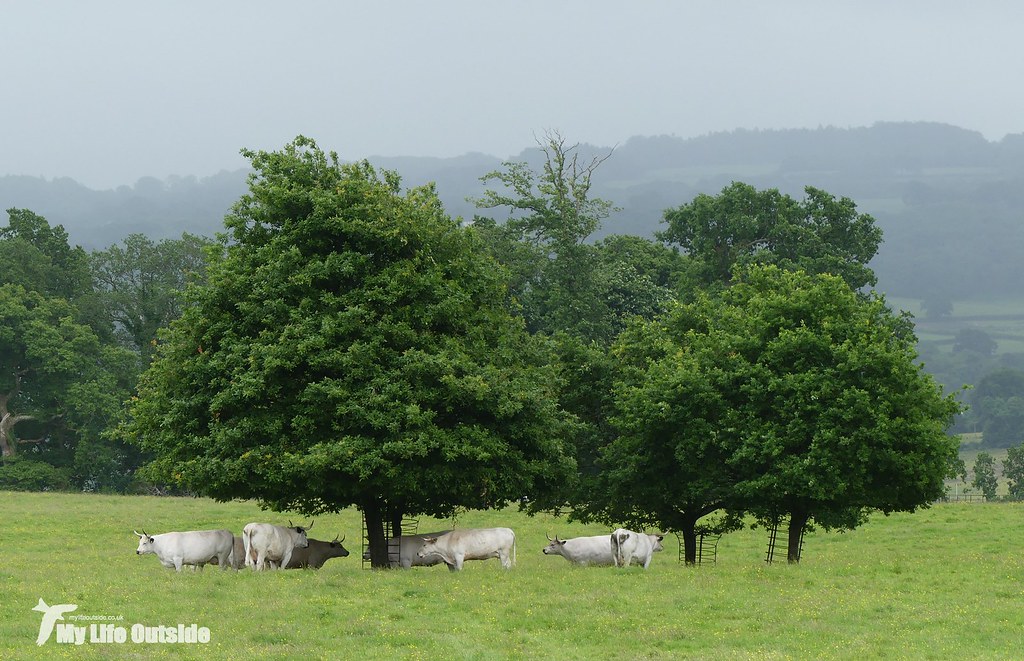
If I’m honest there was a brief moment where I was tempted just to return home for a good sulk myself but the appearance of a Spotted Flycatcher changed all that. After all, such species love the mid-Wales woodlands for the very fact that they are damp and full of insects so really these were ideal conditions in which to watch them. They are however not so good for photography but down by the pond we found a superb individual perched, thanks to a break in the cloud, in an area whose lighting I would be tempted to describe as just slightly better than awful. Thankfully the Flycatcher seemed in no hurry to move on so I got plenty of opportunity to play with camera settings and was even treated to a flurry of calls. I can’t recall ever having heard Spotted Flycatcher vocalisations before so this was a rare and unexpected treat.

In all we had three encounters with these denizens of the wood numbering somewhere in the vicinity of five individuals. There’s likely many more present however as our wanderings were far from exhaustive and thick vegetation often made viewing tricky. Of course where you find Spotted Flycatchers you’re also likely to find other spring migrants and today was to prove no exception. First alerted by their calls we stumbled across a family of Redstarts led by a superb male with at least two juveniles in tow. Again there were a couple of other groups flitting around but unlike the Flycatcher they were anything but cooperative. I did however manage to get a relatively close view of this individual though it’s far from a brilliant image (much like Chris Packham I can never not find fault in my own images).

When we weren’t stalking Redstarts there was plenty more action to take our interest including a Great-spotted Woodpecker, family groups of Nuthatch, Blue Tit and Great Tit, Ravens, Buzzards and Red Kites, not to mention a smattering of waterfowl. Now that we have finally bid farewell to the colder months numbers are much reduced but there were still a few Mute Swans, Canada Geese and even a Cormorant about. It would have been good to take a longer look over the floodplain pools but unfortunately the hide seat is now in such a sorry state of disrepair that we couldn’t even use it to shelter from another heavy downpour.
Reading that you may be forgiven from thinking that sun was entirely lacking from our day but fear not, there was the occasional glimmer. Down by the pond this wasn’t quite enough to bring any dragonflies out (unless you count a sadly drowned Golden-ringed Dragonfly) but damselflies were on the wing in huge numbers. Braving nettles and the risk of stumbling off the boardwalk to a watery grave I toiled to bring you this rather lovely collection. I’m also happy to report that the new identification guide I purchased last year (Britain’s Dragonflies: A Field Guide to the Damselflies and Dragonflies of Britain and Ireland by WILDGuides) sped up my naming of these no end.
It was also fascinating to find several damselfly larvae casings attached at various points along the wooden guardrail. For such beautiful flying insects they start life as surprisingly aggressive aquatic hunters, only crawling free when ready to emerge into their final form. Best of all though was the discovery of a single dragonfly casing, significantly larger than its brethren and possibly from where the sadly drowned individual we’d spotted earlier originated.

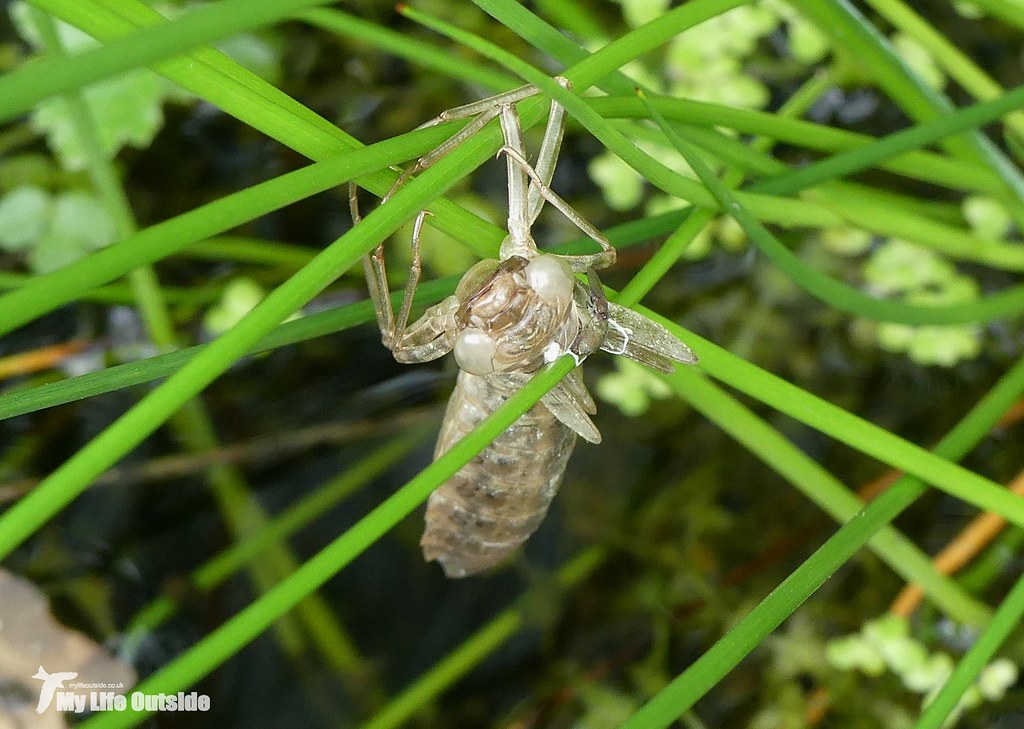
From the pool we set off on an alternative route to our normal circuit of Dinefwr, this time heading out along the river to Llandeilo. After circumnavigating a particularly muddy patch it was all plain sailing offering nice views up to the castle and along miles upon miles of fertile grassland. There was a stiff breeze blowing but that didn’t seem to be bothering the Sand Martins and Swallows who were undoubtedly benefiting from a glut of insects. The same could not be said of several Banded Demoiselle’s which were just about managing to hang on let alone take any meaningful flights.

To finish off we cut back into the woodland as Llandeilo approached, stopping for a while to explore Llandyfeisant church. Slowly being reclaimed by nature the history of this place dates back to pre-Christian times and has been left to ruin on numerous occasions. The last restoration took place in the 1980’s even seeing brief use as an information centre in 1986, but since then it has been locked up and left to slowly moulder. I’d have loved to look around the inside but instead had to make do with the overgrown graveyard, a place with great atmosphere though probably not somewhere you’d like to find yourself after dark. Here we found a large and imposing headstone with a Celtic cross design of intricate carving.


And that was us done for day 11 of #30DaysWild. Days 12 and 13 have been a little less exciting with time extremely limited but we’ve still managed to get out for at least an hour each day.
Monday saw me making the couple of miles walk to my car at lunch, a necessity thanks to a deeply flawed park and ride service which has not only failed to reduce car use but has, in many cases, increased overall mileage as well as putting a couple of knackered old buses on the road. It did at least allow me to get some fresh air and along the way I encountered a Whitethroat and incredibly tame Mistle Thrush. It’s almost like they knew that I didn’t have my camera with me.
Yesterday’s wild act was a wander down into our village to pick up supplies. As before we had our eyes peeled for any signs of Dipper but again drew a blank. There were however plenty of House Sparrows about as well as the distinctive sound of screaming Swifts overhead. There’s no escaping the fact though that Swift numbers seem to be significantly down this year compared to last.
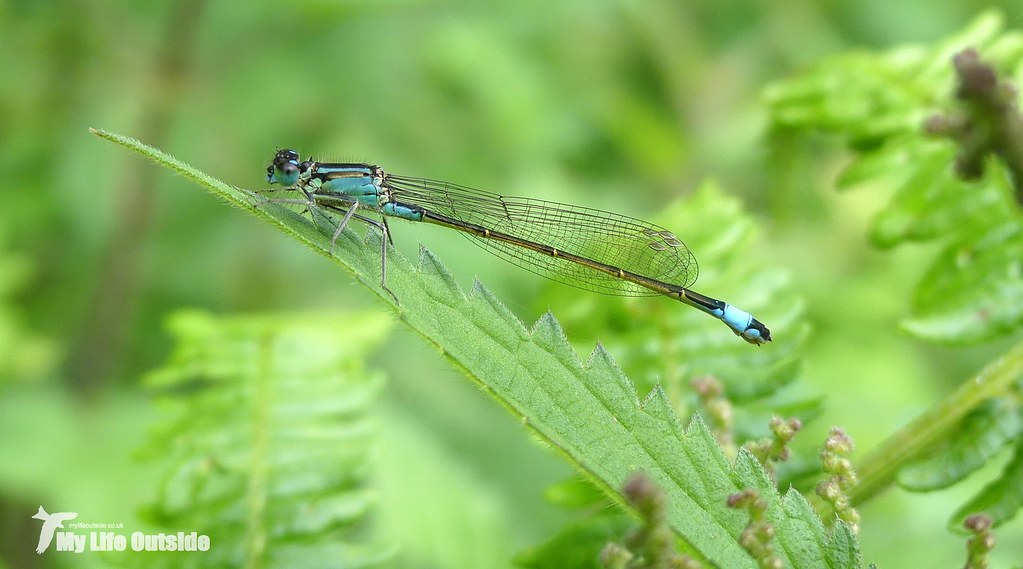
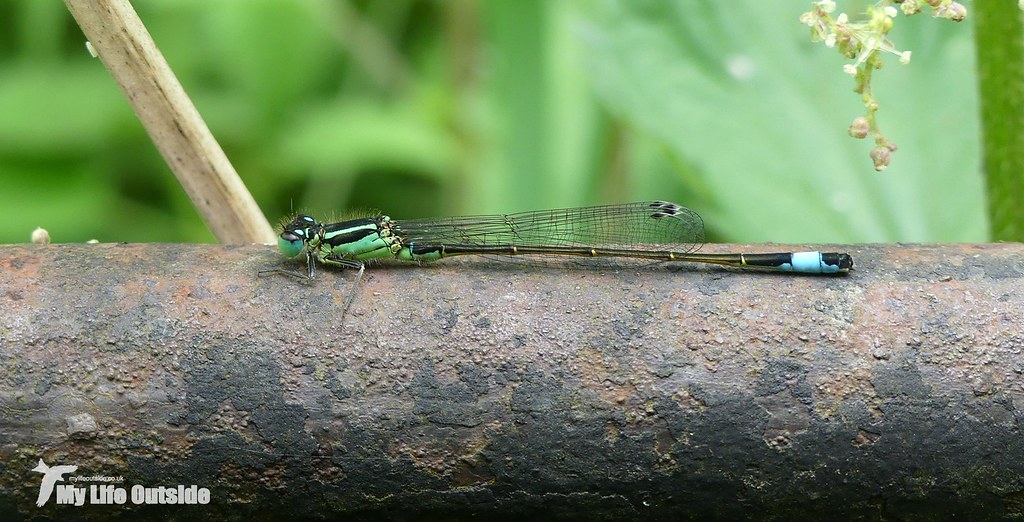
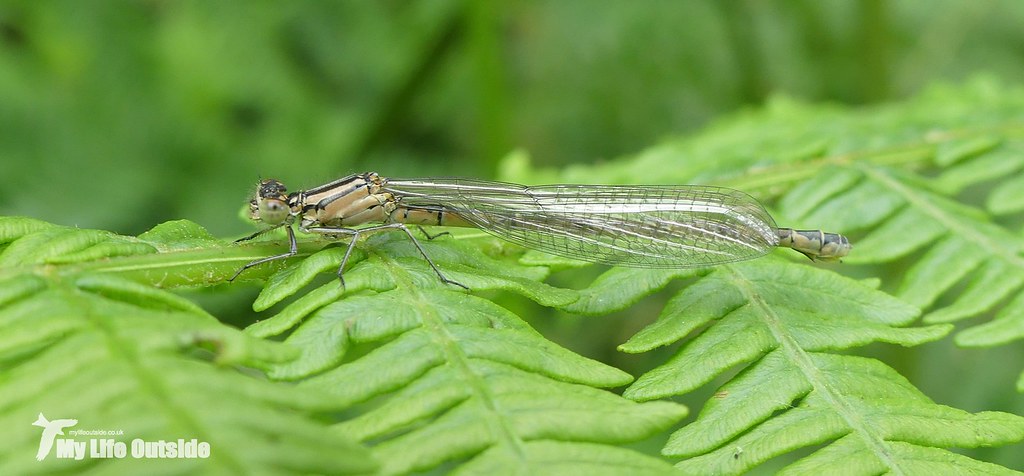
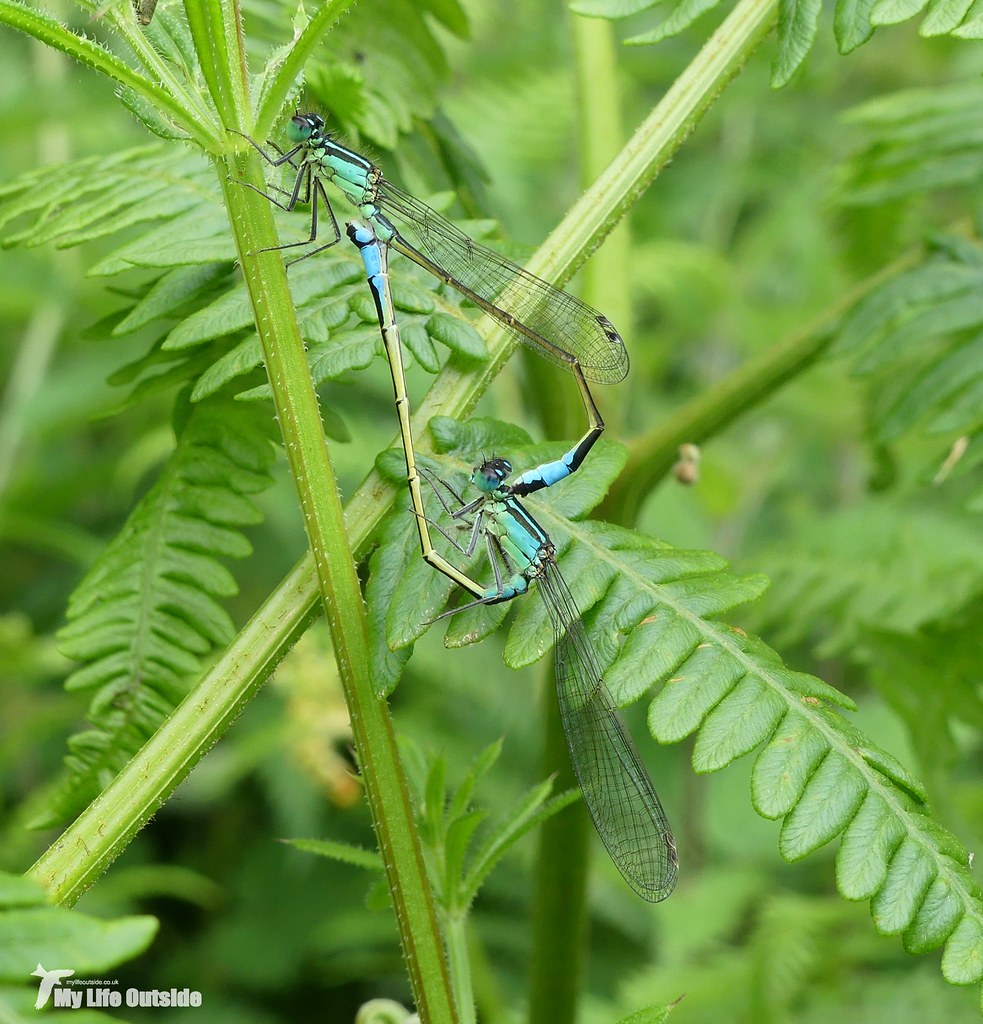
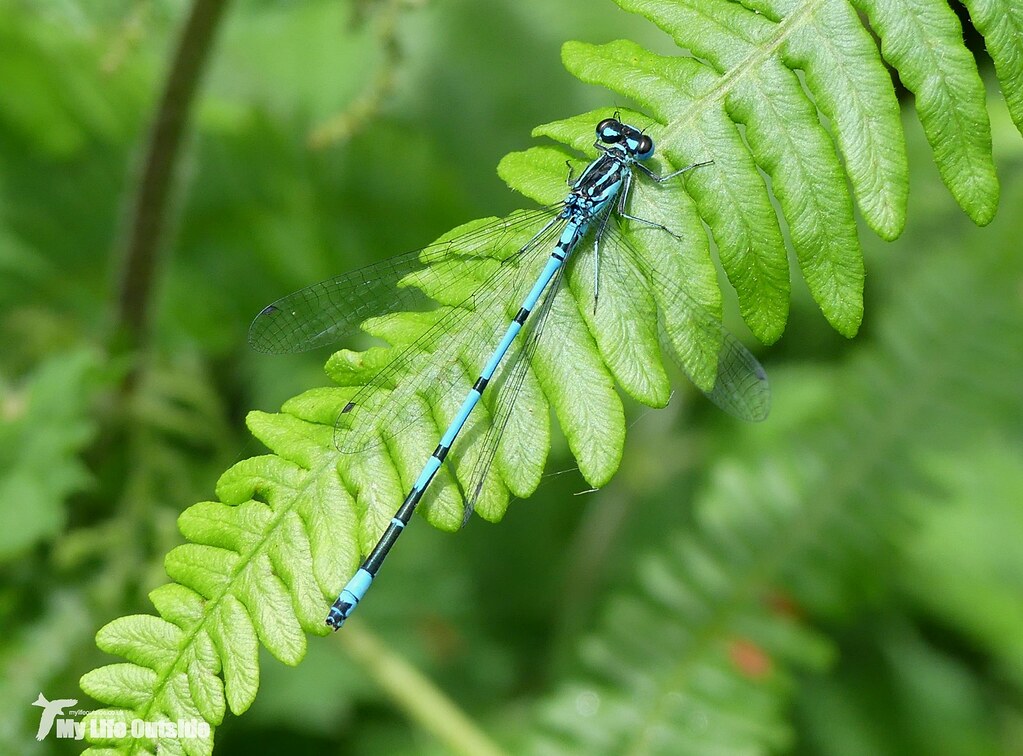



0 Comments